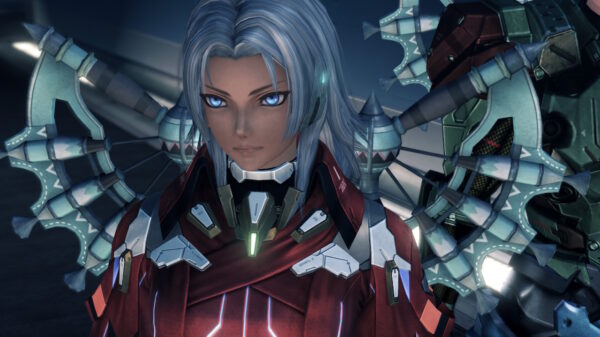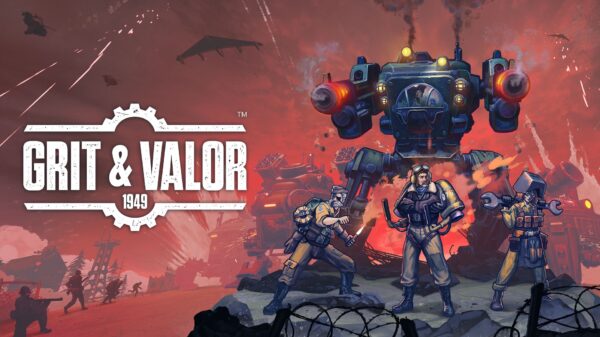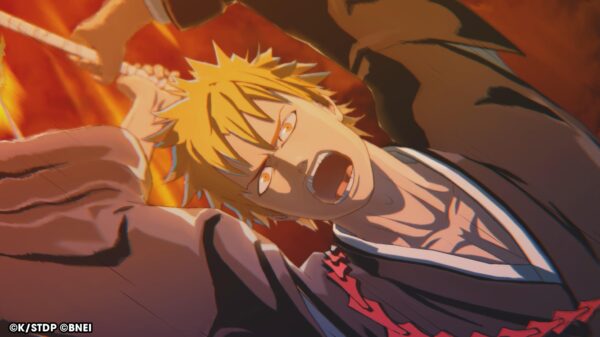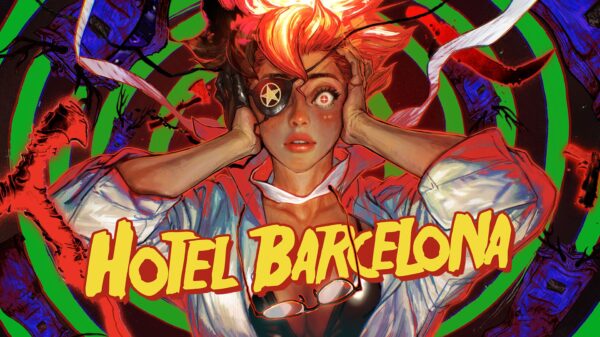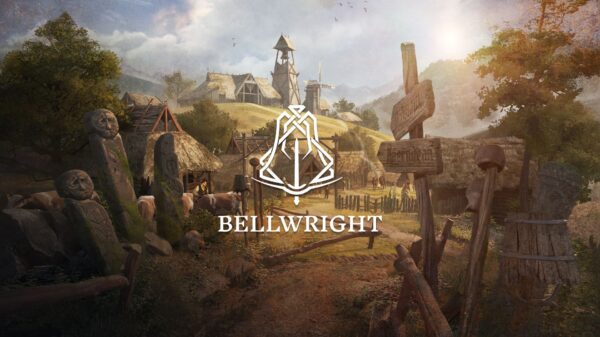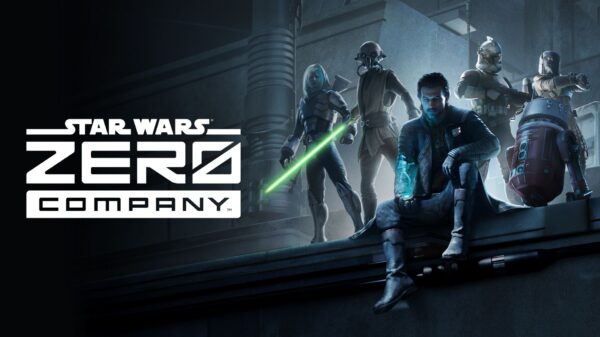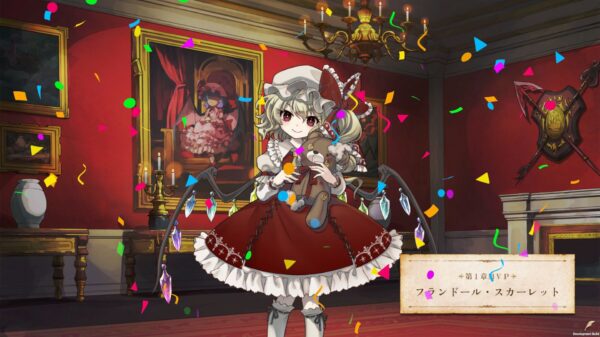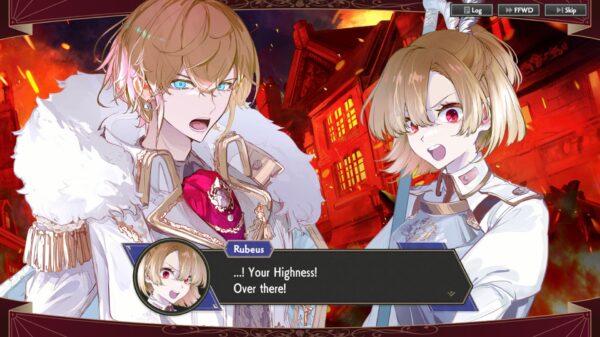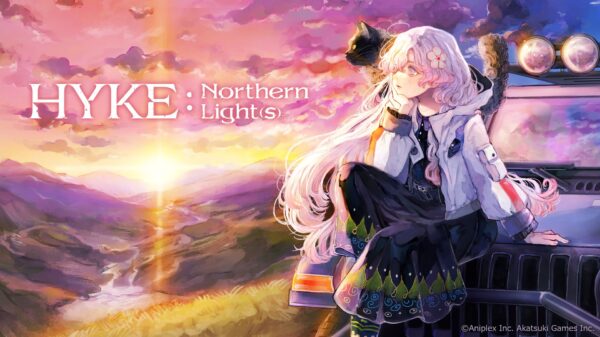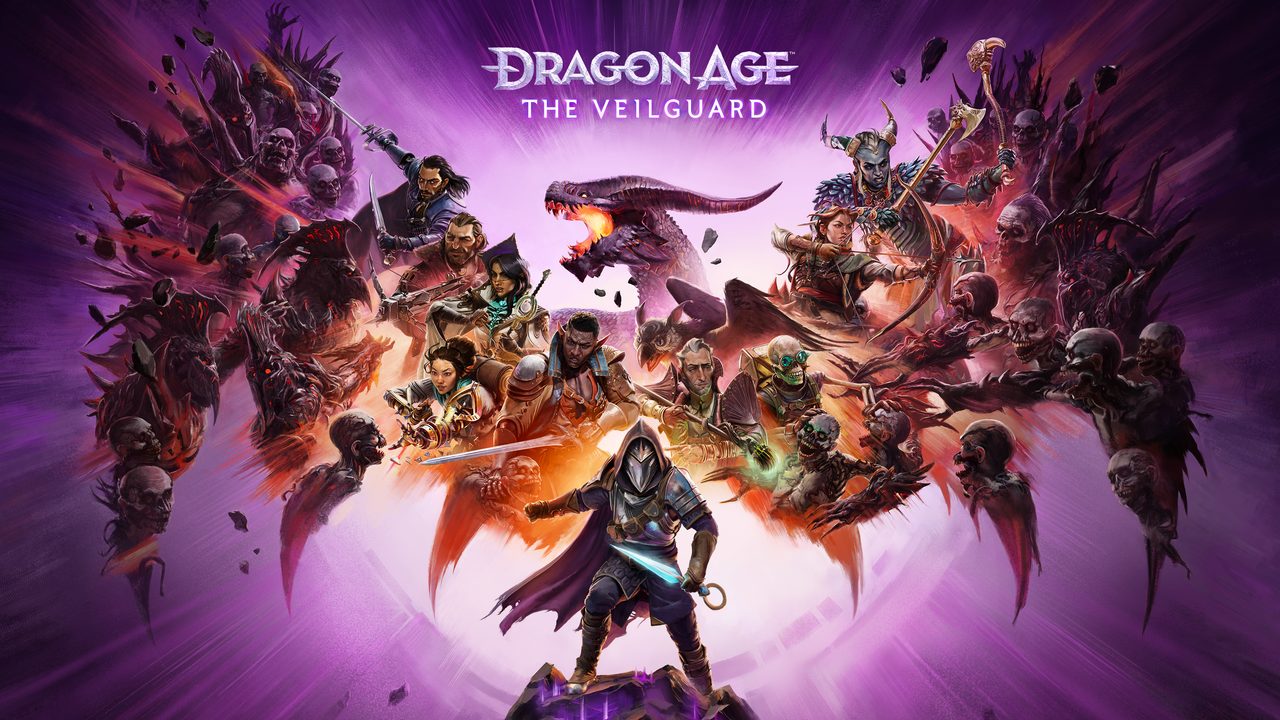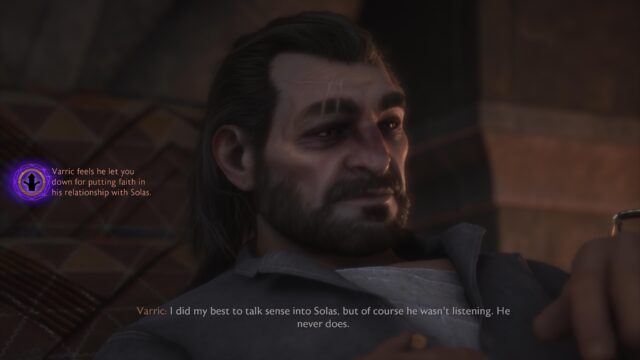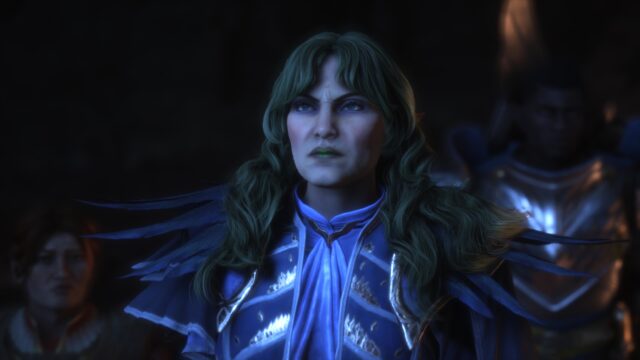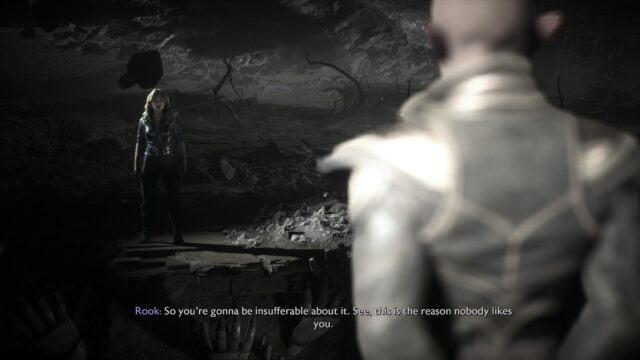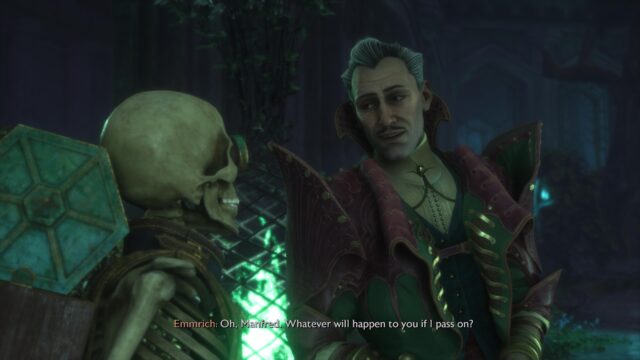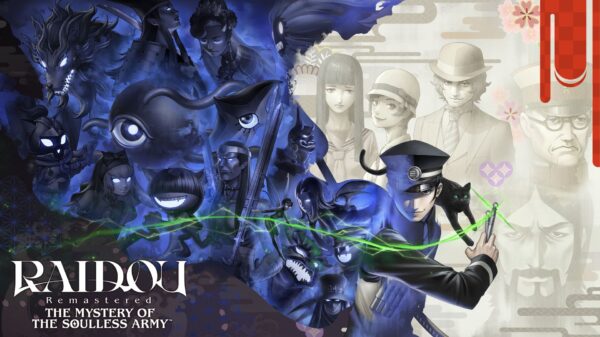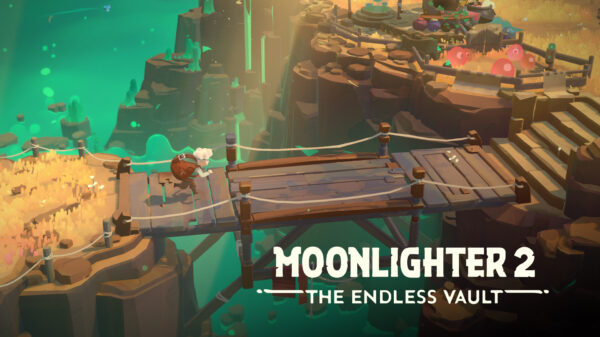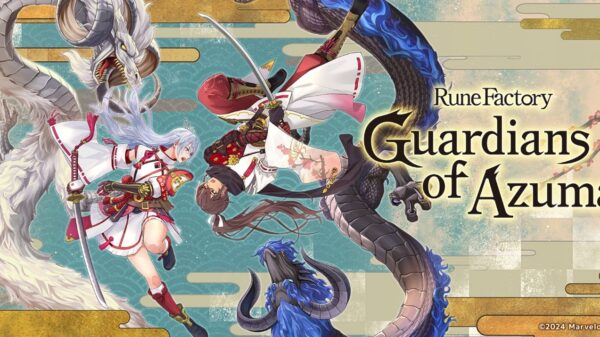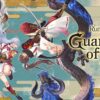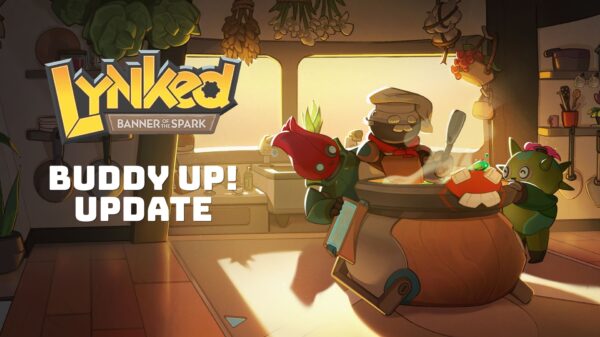Ten long years have passed since the last entry in the Dragon Age series and Bioware has been through the ringer. Between Mass Effect: Andromeda and Anthem it’s especially surprising that they’re still around considering the business Bioware is in. Game development is fraught with studios closing doors after a single failure and, despite layoffs, Bioware manages to persevere. In the lead up to playing Dragon Age: The Veilguard I played through Dragon Age: Inquisition and its Trespasser DLC as a bit of a refresher and, while I wouldn’t recommend this on a deadline, it was a great reminder of where we were and where we were going. Over the past three weeks, I’ve been rolling around northern Thedas, the Veil, the Fade, and the Deep Roads morning, noon, and night just to find out whether or not Dragon Age: The Veilguard means Bioware is back.
Dragon Age: The Veilguard
Developer: Bioware
Price: $60
Platforms: PS5 (reviewed), Xbox Series X|S, and PC
MonsterVine was provided with a PlayStation 5 code for review
Dragon Age: The Veilguard occurs 10 years after the Trespasser DLC from Dragon Age: Inquisition concludes. Solas has left the Inquisition and is trying to destroy the world because the Veil is tearing and the gods that he’s imprisoned, as Fen’Harel, are trying to break free and destroy the Veil. For the uninitiated, the Fade is many things to many people but primarily, the Dalish elves believe it’s where their gods reside. The Veil is like a barrier that was created to separate the Fade from the world of Thedas. Fen’Harel, or Solas, is trying to destroy this world to restore the old one because he feels he’s directly responsible for the state of the Dalish elves and wants to restore the world to a time when his people ruled by merging the Fade with Thedas yet again.
Rook’s Journey: A Hero Forged in Battle
The game starts with us playing a character colloquially named ‘Rook.’ Rook has been working with Varric, our dreamy dwarf, in tracking down Solas and we’ve found him in Minrathous. In an attempt to stop Solas we accidentally free two Elven gods and wind up in a place called The Lighthouse, a space beneath the Fade. The Lighthouse will be our base of operations throughout The Veilguard and where our companions hang out during missions. It’s equipped with a smith for upgrading equipment and enchanting gear and access to an eluvian to take us to The Crossroads, a space beneath the fade with roads to other eluvians placed all over Tevinter.
Since Dragon Age 2, Bioware has been attempting to push Dragon Age into a more action RPG against the wishes of Dragon Age: Origins fans. It hasn’t been pretty with both Dragon Age 2 and Dragon Age: Inquisition both being in this bizarre halfway step in merging tactical gameplay with Action RPG elements. The Veilguard does away with the tactical elements and it’s absolutely for the better. Dragon Age: The Veilguard is an Action RPG with a robust and surprisingly deep combat system that allows for both customization and combinations with your companions. Truly, if the goal is to make Dragon Age playable on a console controller, this is the way to go about it. I played a Veil Ranger Rogue and my character was all over the battlefield hitting enemies in their weak points with charge shots and I had an absolute blast. I’ve never been impressed with a system that tries to compromise and The Veilguard diving into a straight Action RPG was absolutely the right call.
Entering into combat I’d roll in and begin with charged shots to the heads or weak points of enemies that were closest to me or, if I wasn’t immediately assaulted, ranged enemies focusing me. I could always buy myself time by having my companions focus on melee enemies nearby and because each companion has a set of skills and a skill point system, a combination of abilities that would cause a detonation. Charged shots with my bow would deal heavy damage and if I got an enemy in its weak spot, could stun or even knock them back. Combat is seriously fun in The Veilguard. Between my own abilities, my companions, and the enemy variety, gameplay was seldom dull and combat was something I was often looking forward to. Unlike previous Dragon Age games, your companions don’t have any hit points or threat on the battlefield so enemies tend to ignore them. You’re the star of the show in this game. Outside of two companions with taunts, enemies tend to ignore your companions.
Combat is Dynamic, Deep, and Occasionally Frustrating
This took some adjusting because I was aiming to become a long-ranged archer from the backline and now, I’m on the front. Luckily, your skill set can be built in such a way that you can keep most enemies at bay with little effort. Big enemies needed a little more finesse. It also helps that the equipment system in The Veilguard is a bit random allowing you the opportunity to try out new gear regularly. There are chests all over the map that you’ll find and they’ll have equipment in them, and, if you find a chest with a piece of equipment you already have, the rarity of the equipment increases. It’s a real World of Warcraft-style system with gray being the base rarity and increasing through blue, purple, and orange. Most pieces of equipment have four levels of modifiers and each is unlocked as you progress through equipment rarity. Much of the time the rarity increases would make the recently improved gear seem more appealing than what was currently equipped so I’d be switching up my gear regularly. I found this system far more appealing than previous games where I’d be constantly hitting up vendors to sell generic weapons and gear taking up space in my inventory.
Enemy variety in The Veilguard is another thing that stood out as a long time Dragon Age fan. For the past fifteen years, we’ve been fighting generic enemies plus the darkspawn with newer factions added in every entry. In The Veilguard you’re barely ever fighting a generic bandit or looter. Arlathan Forest is riddled with constructs and demons, Treviso is struggling with its Antaam occupation, Minrathous is beset with the Venatori, and throughout the blight is slowly creeping in and releasing darkspawn. Each set of enemies has its strategy in how to deal with Rook and their companions so no one strategy is perfect to fight them all. The Venatori were an absolute thorn in my side. Every single time I fought them was a struggle for a few reasons. The Venatori are swift and use magic, dancing around in front of me made it hard for my arrows to hit their mark. Even at a distance, the base Venatori soldier could teleport on top of me, knocking me back and dealing damage. The Venatori also employ red lyrium crystals to shield them from attacks, requiring me to destroy the crystals before I could even start attacking the enemy.
Combat of course isn’t without its issues. As I mentioned before, the Venatori would teleport on top of me knocking me back. Getting hit in Dragon Age: The Veilguard means Rook is being knocked back and put into a “quick recovery” mode. On PlayStation, this meant that I needed to hit the circle button to get back to combat. It doesn’t matter if you’re in the zone and executing commands, you need to hit that circle button to get back to combat. Likewise, if you bring companions without taunt, you’re kind of on your own when it comes to dealing with enemies. Often I’d find myself in a fight with a lot of swift-moving enemies like the new rage demon that looks more like a big dog on fire that races around the battlefield, or multiple ogres that would leap through the air at me. These enemies are supposed to be dangerous so Rook is supposed to be on their toes, but some fights just felt unwinnable after a certain point. I died on more than one occasion, playing on Normal difficulty, in regular fights because I struggled to find my footing.
A Stunning New Look for Thedas
Artistically, this is the best looking Dragon Age game in the entire series and just a downright gorgeous game on its own. Opting for a less traditional realism style and focusing on a more stylistic choice, Dragon Age: The Veilguard is absolutely stunning. Darkspawn and Demons are actually scary in The Veilguard, as opposed to the rigid and unimposing models from previous games. Ogres, pride demons, rage demons, and even the darkspawn emissary are hideous enemies that look downright evil. The shift in style is a welcome one, especially for seeing northern Thedas and the Tevinter Imperium for the very first time. Outside of the character models, the world itself is quite breathtaking, with Minrathous and Arlathan Forest being some of the most beautiful places in all of Thedas. Along with The Crossroads, a place that now looks more perilous than it did in Inquisition and makes a little more sense with its placement of eluvians.
Where would Bioware be without their companions though? I loved all of the companions in Dragon Age: The Veilguard and struggled to come up with a single set that could come with me through every mission, so I kept changing it up. However, one companion stole my heart immediately because I flirted with her so much in Inquisition. Scout Lace Harding is back and as sweet as ever, though struggling with the fact that she has new magical powers, something that Dwarves traditionally haven’t been able to achieve. Bellara and Davrin are elves, Bellara is a Veil Jumper who looks after Arlathan Forest and searches for Elven artifacts. Davrin, a Gray Warden, is charged with keeping and training a griffon named Assad. Yes, he’s adorable. Neve, a mage detective working with the Shadow Dragons out of Minrathous. Taash is a sheltered dragon hunter that can spit fire from Rivain. Emmrich, a necromancer with deathly ambitions, and finally Lucanis, an antivan crow specializing in assassinating mages.
The Veilguard might have the most time spent with each companion of any game in the series and, what’s most impressive, is the willingness to take their time with each character. Traditionally, and this isn’t just a Bioware thing, side quests are introduced to give you more information on your companions. You get a little back story, go kill or rescue someone, and get a little introspection from the companion and it’s done. Dragon Age: The Veilguard of course has side quests like that but along with those are intermediary quests where you simply have a conversation with the companion. Imagine instead one long side-quest that isn’t always sitting in your journal. Instead, after story beats or even side questing, your companions will have icons indicating either quests or that they have a conversation waiting for you that, if you move the story along, might disappear entirely. I have a lot of respect for a writing team willing to take the time to flesh out the characters through more than just big bombastic scenes and side-quests full of combat. Combat is a great crash course to learning about your friends but sitting and having a coffee with them gives their stories room to breathe.
Bioware’s Best Since Inquisition?
Rook reminds me most of Hawke from Dragon Age 2. That could just be how I played my Rook but to me, she felt more rough and tumble than the Inquisitor. So while I was disappointed there was no trip to the Orlesian Winter Palace, I completely understood. Hobnobbing isn’t the cornerstone of Rook’s character. Still, there were some scenes and sequences that rivaled revealing an assassin to an entire Orlesian court. I was impressed, not just with the weight of the story beats, but how important they were to the plot. If Dragon Age: The Veilguard’s story teaches you anything, it’s that we learn through failure. So much of the main story can be summed up in attempts resulting in small failures that teach Rook more and more about the enemy they face. This is persistent throughout Dragon Age, a lesson that all the protagonists learn, but weaved well with the companion stories to be a very impactful and entertaining package overall.
One advantage of reviewing a game post-release is being able to talk with others who have played the game. I’d be remiss if I didn’t talk about one particular companion story that seems to have resonated with some of my trans and non-binary friends. Taash is a sheltered, non-binary Qunari from Rivain. Their mother is quite overbearing and somewhat unwilling to understand Taash’s struggle with their identity. While the companion story centers around their relationship with their mother, and acceptance around their identity, it comes from an imperfect person. I think in our lives we often discount the experiences of others because we don’t perceive them to fit into the box we’ve placed others like them in. Taash is one of the youngest companions in the group and being sheltered for so long, they struggle not just with their identity but how they speak to others. In turn, non-binary friends have reached out and talked about how close Taash’s conversations with other companions, their mother, mimicked their own. Truly a testament to the writing team’s care and attention to detail.
Dragon Age: The Veilguard isn’t a perfect game but, hot damn, it’s a great one. I feel at home in Thedas, I like the people that live there and the care that Bioware puts into writing these characters. Imperfect companions and story beats that help us understand not just what’s going to happen in the future but what’s happening right now. A brand new art style that’s just gorgeous and a combat system that’s fully realized instead of a half-compromise.
 The Final Word
The Final Word
Dragon Age: The Veilguard is an exceptionally polished game with an extremely satisfying combat system, lovely and interesting companions, and a stylistic new look that gives this long-running series a much-needed fresh coat of paint.
MonsterVine Rating: 4.5 out of 5 – Great


